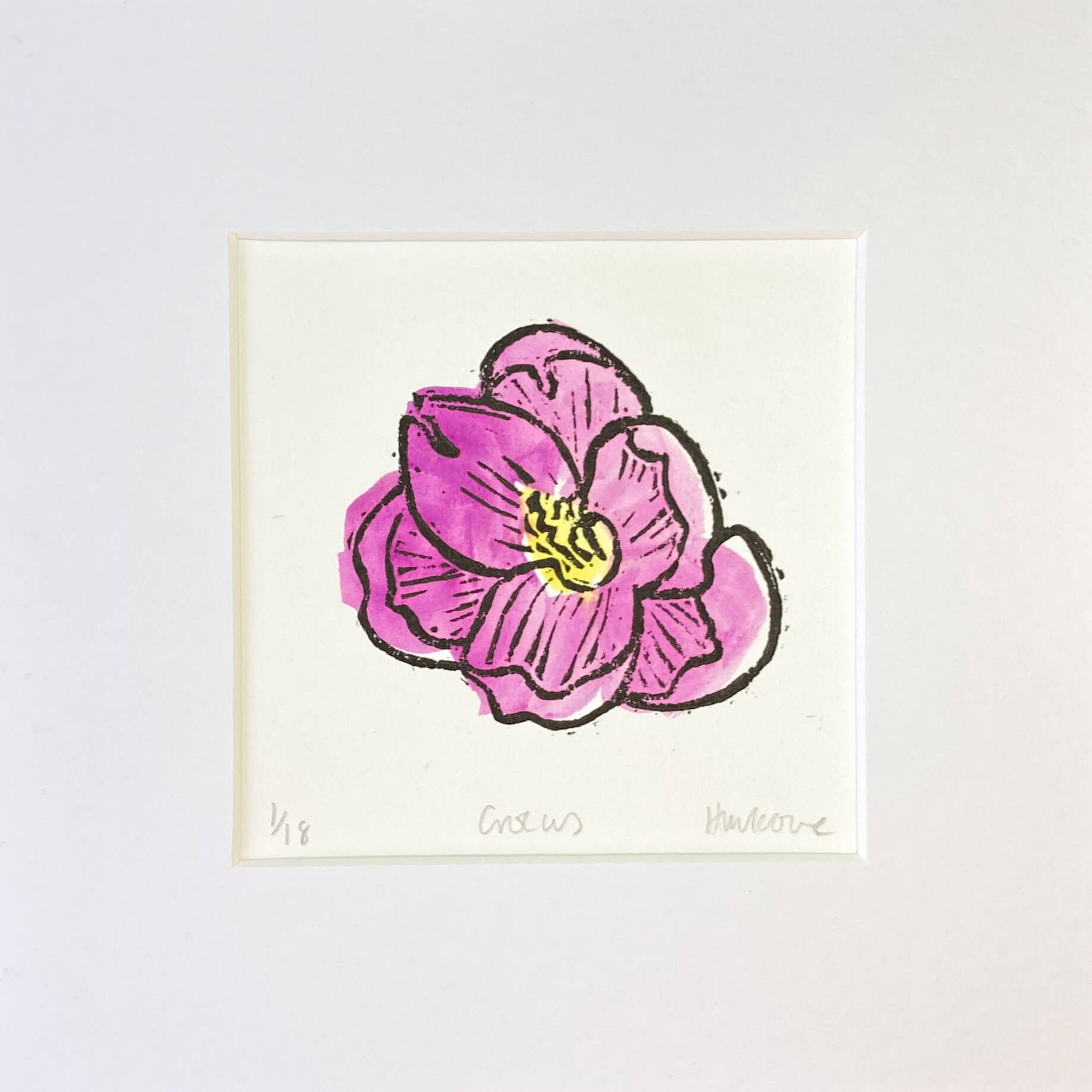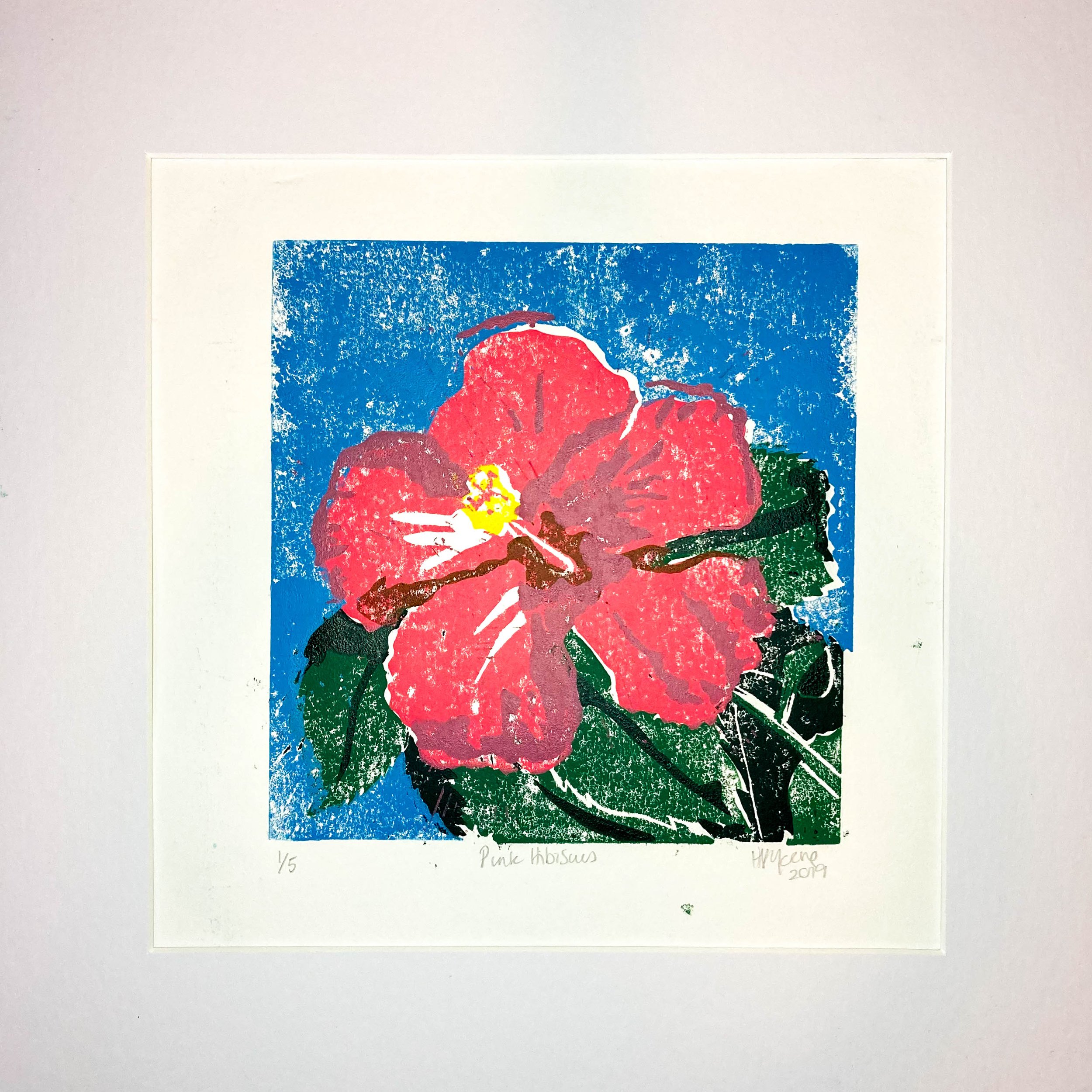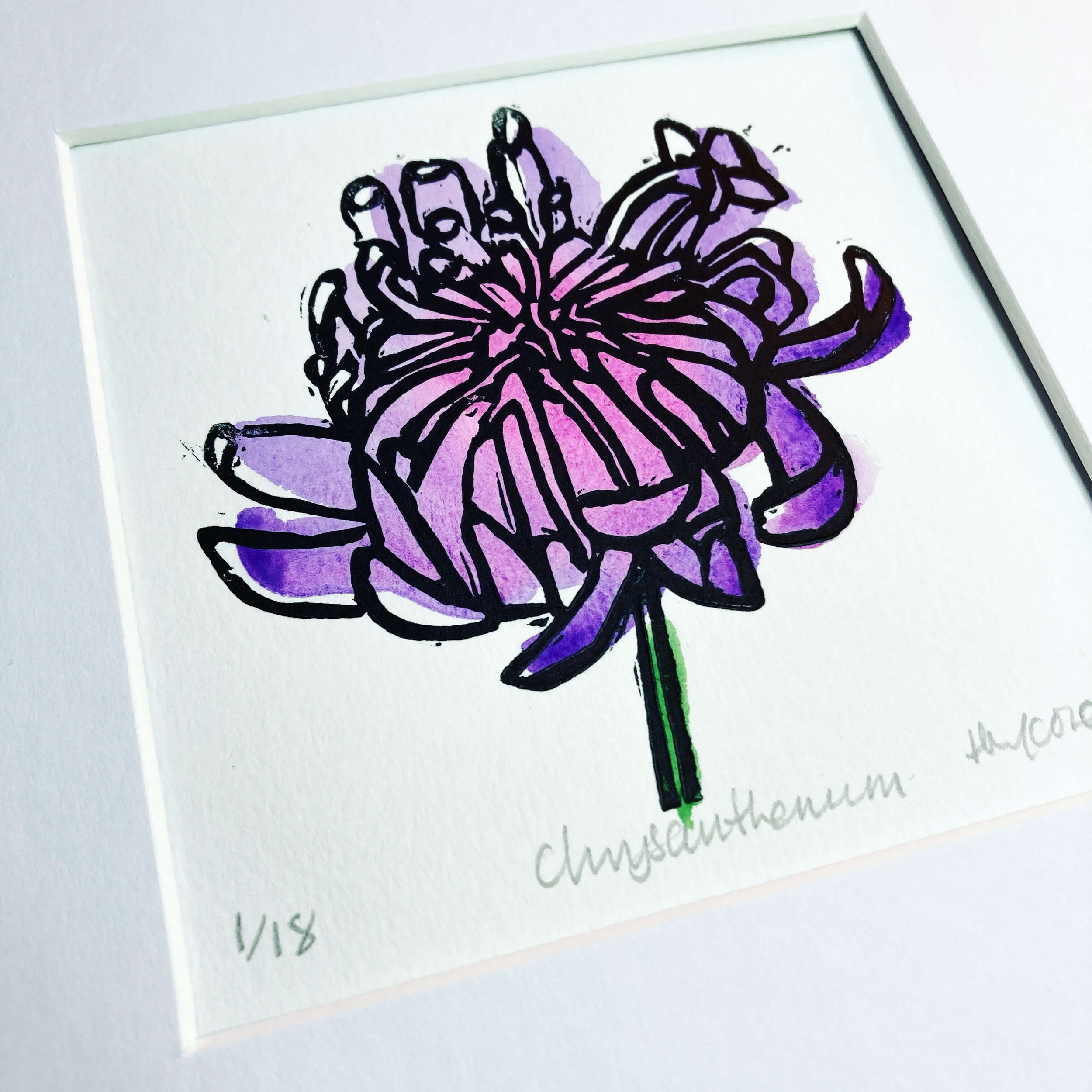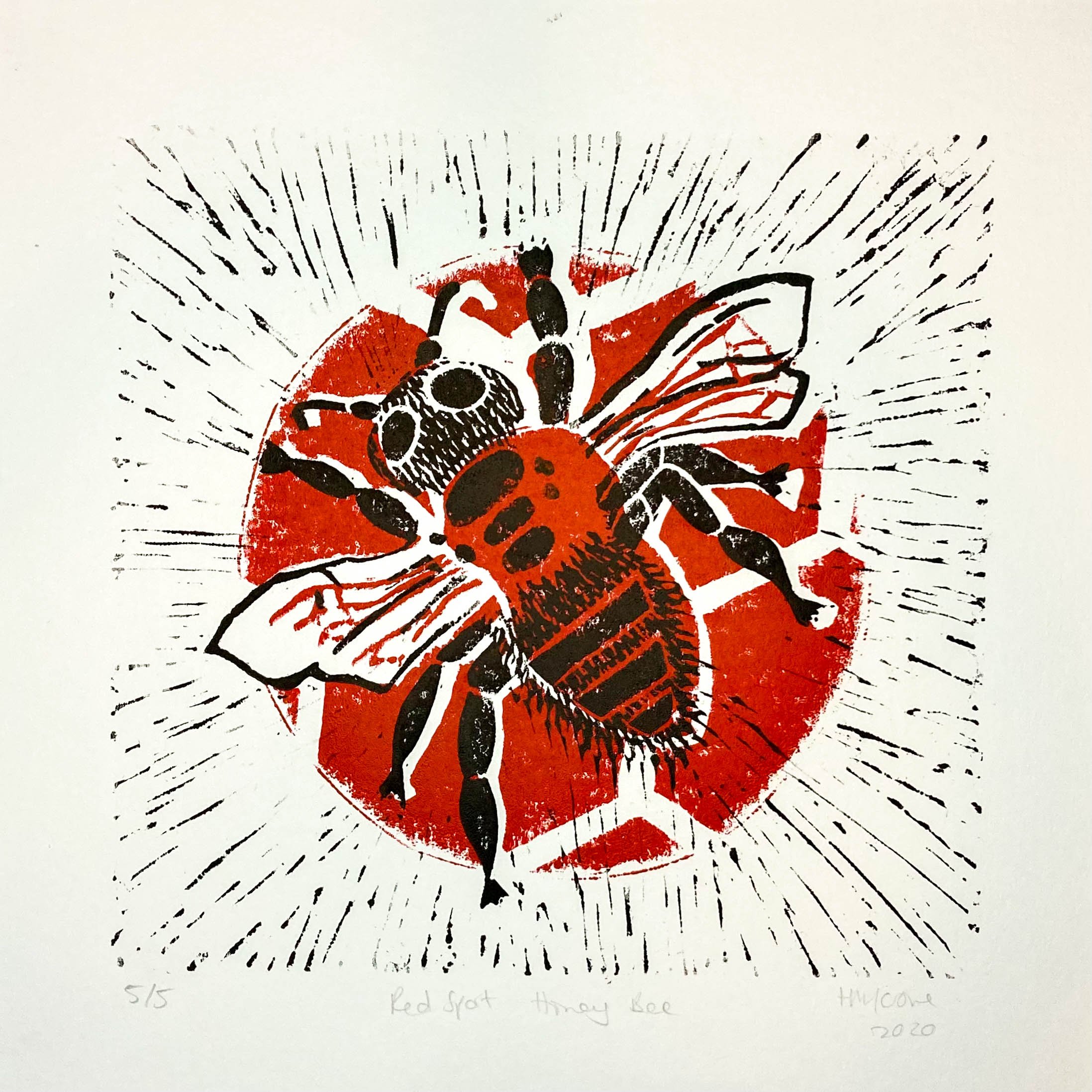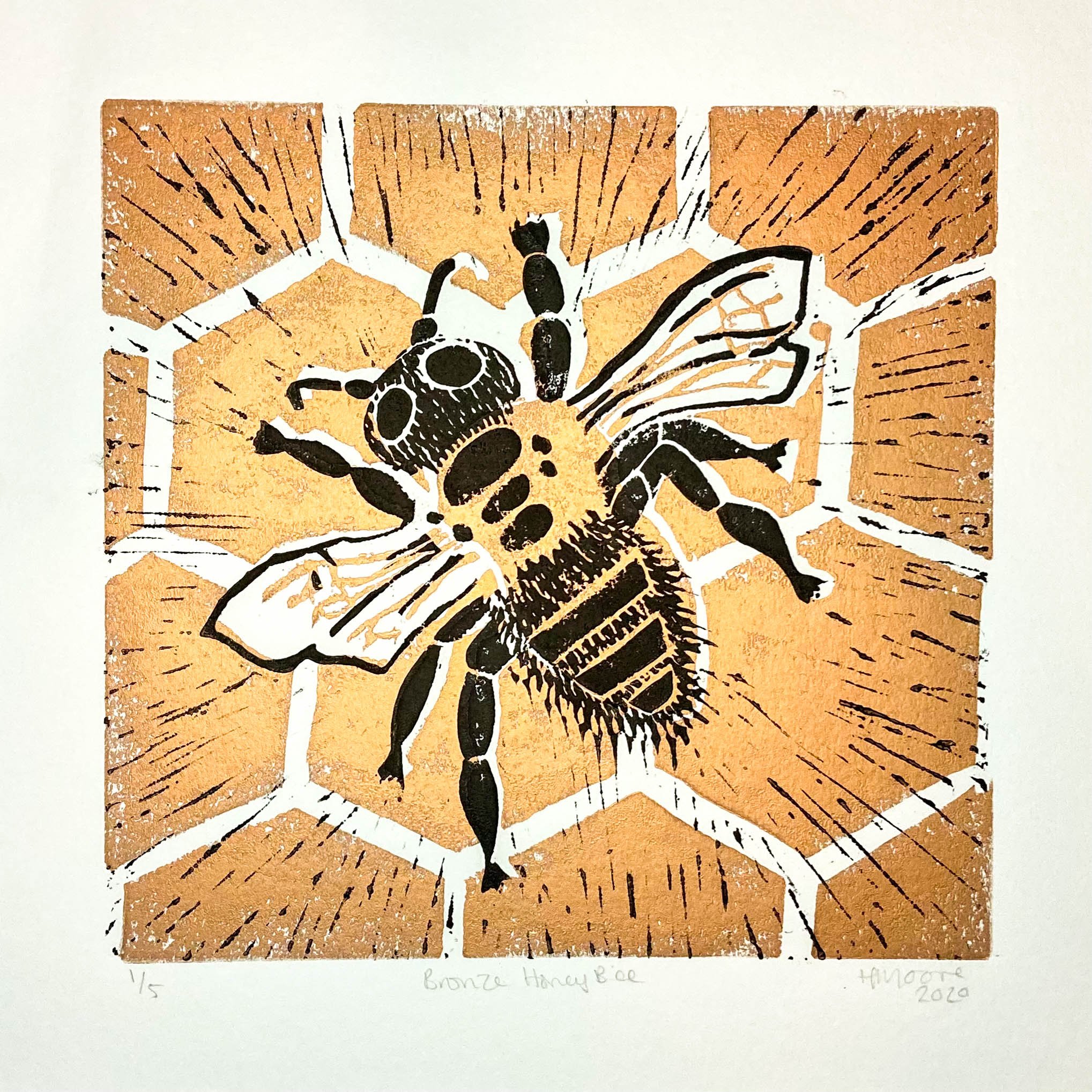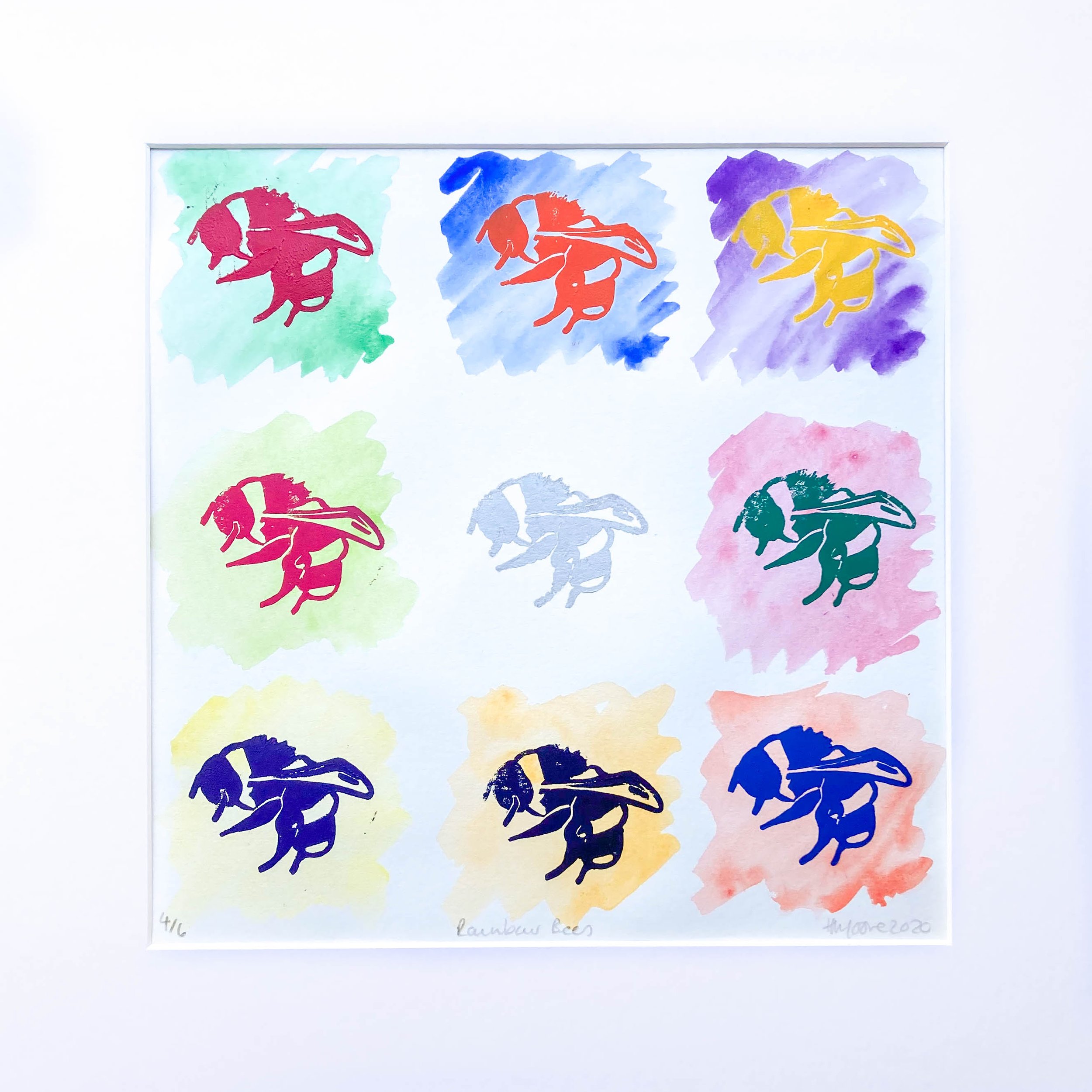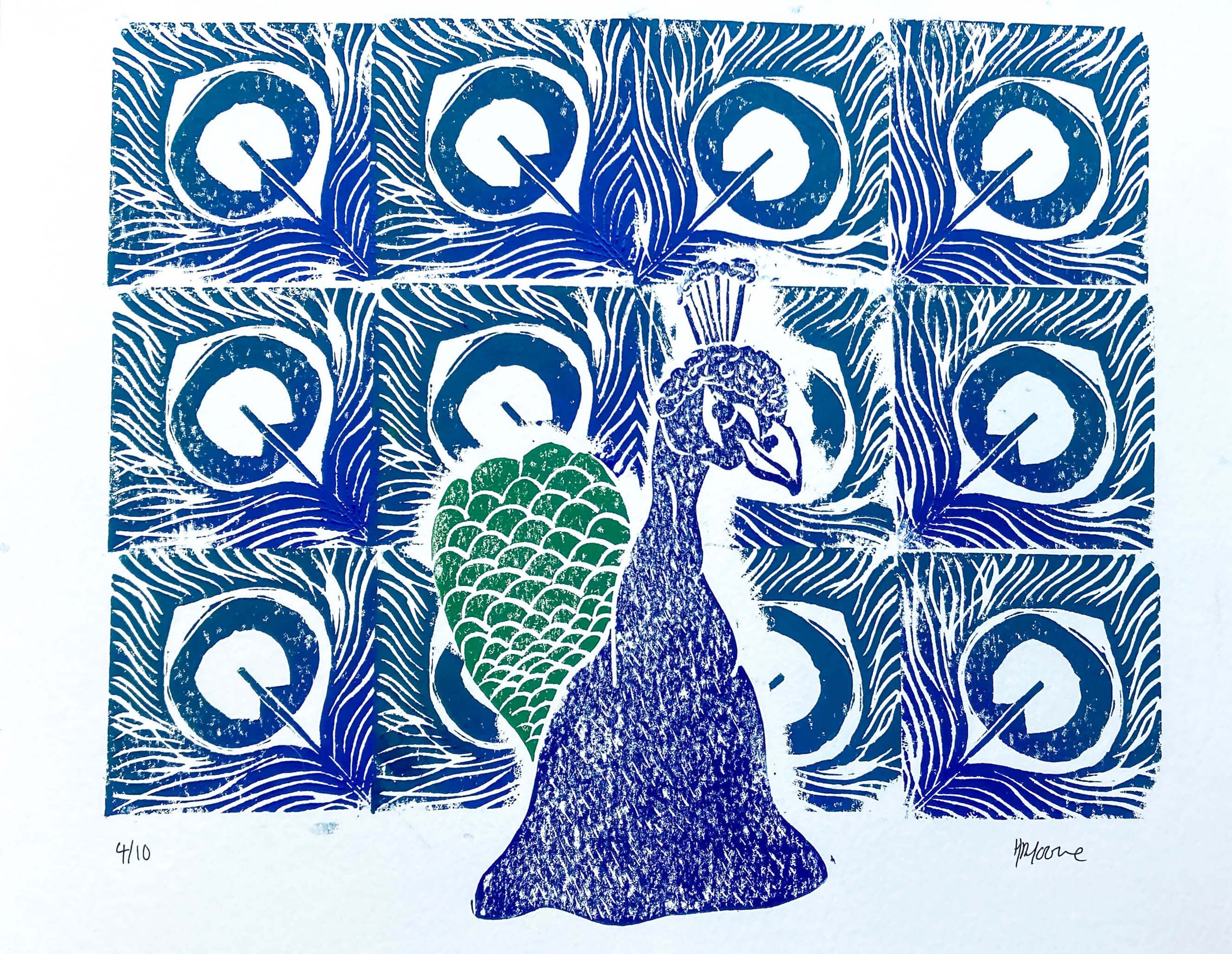Mastering Lino Printmaking: Essential Tools Every Artist Needs
Lino printmaking is an exciting and unique art form that allows artists to create stunning pieces using a simple yet effective technique. Whether you are a seasoned artist or a beginner in the world of printmaking, mastering lino printmaking requires having the right tools in your arsenal. In this article, we will explore the essential tools every artist needs to become a successful lino printmaker. From carving tools to printing ink, we will cover everything you need to create stunning pieces of art that showcase your creativity and skill. So, whether you are looking to start your lino printmaking journey or you are looking to take your skills to the next level, read on to discover the essential tools that every artist needs to master this exciting art form.
Essential tools for Lino Printmaking
Lino printmaking requires a few essential tools that every artist needs to get started. Here are the essential tools you need to get started with lino printmaking:
Lino cutting tools
A lino cutting tool is an essential tool for lino printmaking. This tool is used to carve the design into the lino block. There are many different types of lino cutting tools available, including V-shaped, U-shaped, and gouge-shaped tools. V-shaped tools are ideal for creating lines, while U-shaped and gouge-shaped tools are perfect for removing larger areas of lino. It is essential to choose the right lino cutting tool for your design.
Before embarking on carving your print block, it’s a good idea to use a scrap piece of lino to try out each tool so that you get used to the kinds of marks you can make with each one.
Inks and paper for Lino Printmaking
Inks and paper are another essential tool for lino printmaking. There are many different types of ink and paper available, and it is essential to choose the right ones for your project. The ink you choose will depend on the type of paper you are using and the effect you want to achieve. Some popular types of ink for lino printmaking include oil-based, water-based, and solvent-based inks. It is essential to choose the right paper for your project as well. Some popular types of paper for Lino printmaking include Japanese paper, mulberry paper, and cartridge paper.
Cartridge paper works well with water-based inks and this combination will result in a print that dries quickly and is easy to clean up after.
Some papers are made using a percentage of cotton and these work really well with oil-based inks as they hold the pigment on the surface as well as avoiding discolouration even in direct sunlight.
Choosing the right Lino block
Choosing the right Lino block is another essential tool for Lino printmaking. There are many different types of lino blocks available, and it is essential to choose the right one for your project. Some popular types of Lino blocks for Lino printmaking include traditional Lino blocks, soft-cut Lino blocks, and easy-carve Lino blocks. Traditional lino blocks are made from linoleum, while soft-cut lino blocks and easy-carve lino blocks are made from a softer material that is easier to carve.
Preparing the Lino block for printing
Preparing the lino block for printing is an essential step in Lino printmaking. Here are the steps you need to follow to prepare your lino block for printing:
Creating a design for Lino Printmaking
The first step in preparing your Lino block for printing is to create a design. You can create your design using a pencil or pen and paper. Once you have created your design, transfer it onto the lino block using tracing paper or carbon paper.
I like to go over the design in permanent marker afterwards so that it’s really clear and doesn’t rub off while carving.
Techniques for carving Lino block
Once you have transferred your design onto the Lino block, it is time to carve the design into the block. There are many different techniques you can use to carve the lino block, including the V-shaped technique, the U-shaped technique, and the gouge technique. It is essential to choose the technique that works best for your design.
You also need to decide whether you want an outline design or a filled in design. This will affect how much you need to carve away (see the photo above).
Printing with a Lino block
Once you have carved your design into the lino block, it is time to print your design. To do this, you will need to apply ink to the block using a roller. Once the block is covered in ink, place the paper on top of the block and apply pressure to transfer the ink onto the paper. You can repeat this process to create multiple prints of your design.
Some printmakers use a wooden spoon to apply pressure to the back but good old elbow grease works just as well.
Troubleshooting common Lino Printmaking problems
Lino printmaking can be a challenging art form, and there are many common problems that artists can encounter. Here are some common problems you may encounter when lino printmaking and how to troubleshoot them:
Uneven ink coverage
Uneven ink coverage is a common problem in lino printmaking. To solve this problem, make sure you apply enough ink to the block using a roller. It is also essential to ensure that the block is clean and free from any debris that could affect the ink coverage.
Smudging
Smudging can occur when the ink is not dry, or when the paper is moved before the ink has had a chance to dry. To prevent smudging, make sure to let the ink dry completely before handling the paper.
Bleeding
Bleeding can occur when the ink is too thin or when the paper is too absorbent. To prevent bleeding, use a thicker ink or a less absorbent paper.
It’s also important to make sure that the tools you use are good quality. The instagram reel below illustrates what happens when you buy a cheap tool and it isn’t up to the job.
Inspiration for Lino Printmaking
Lino printmaking is a versatile art form that can be used to create a wide range of designs. Here are some ideas to inspire your lino printmaking:
Botanical prints
Botanical prints are a popular choice for lino printmaking. You can create beautiful prints of flowers, leaves, and other plants using a lino block.
Animal prints
Animal prints are another popular choice for lino printmaking. You can create prints of your favorite animals using a lino block.
Abstract prints
Abstract prints are a great way to experiment with lino printmaking. You can create unique and interesting designs using a lino block.
Conclusion
Lino printmaking is a fascinating art form that allows artists to create beautiful pieces using a simple technique. To become a successful lino printmaker, it is essential to have the right tools in your arsenal. From carving tools to printing ink, every tool plays a crucial role in creating stunning pieces of art. With the right tools and techniques, you can create beautiful prints that showcase your creativity and skill. So, what are you waiting for? Start your lino printmaking journey today and discover the endless possibilities of this exciting art form.
If you want some support getting started then check out my online and in person workshops.
Get anytime access to this exclusive content and all future updates made to it. This prerecorded Lino Print workshop is ideal for busy people who don’t have time to travel to one of my on person workshops. Please note that this is for personal use for one person and should not be used in classrooms or groups.







